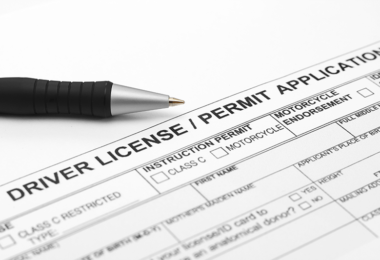Home / Modules / Components / In-vehicle monitoring / Description and rationale
Description and rationale
Technology, in-vehicle feedback systems and other resources and tools, including on-line safety-oriented programs provide the means to monitor and positively influence teen driver behavior and potentially reduce their elevated crash risk. Such technology can mitigate the risks associated with teens engaging, intentionally or unintentionally, in risky driving behaviors and should be promoted by licensing and insurance agencies, as well as driver education programs. to help: enforce seat belt use; limit speeding; provide warnings of dangerous driving behaviors (e.g., lane deviation); and, reduce distractions (e.g., vehicle stereo volume) to novice drivers. As well, the intermediate stage should encourage continued parental involvement through in-vehicle monitoring technologies that automatically alert parents of risky driving behaviors. This could include a ‘two-strike system’, where teens are given the opportunity to correct an unsafe behavior before their parents are alerted. Parents could be informed about, and encouraged to use, such monitoring technologies at driver licensing offices when teens attempt the road test and in Driver/Parent Handbooks as well as in driver education and parental involvement programs.





